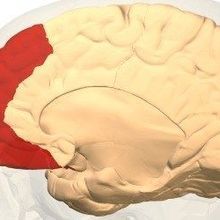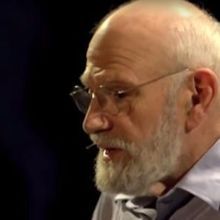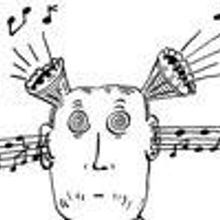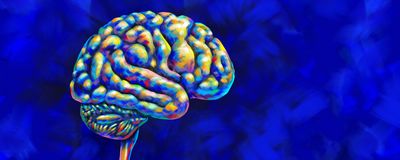hallucinations

Brain Fold Tied to Hallucinations
Kerry Grens | Nov 19, 2015 | 1 min read
A shorter crease in the medial prefrontal cortex is linked with a higher risk of schizophrenics experiencing hallucinations.

Seeing Things
The Scientist | Sep 30, 2015 | 1 min read
In Oliver Sacks's 2009 TED Talk, the famed physician and writer describes the neurological nature of hallucinations.

Filling In the Notes
Kerry Grens | Sep 1, 2014 | 3 min read
Why the brain produces musical hallucinations
